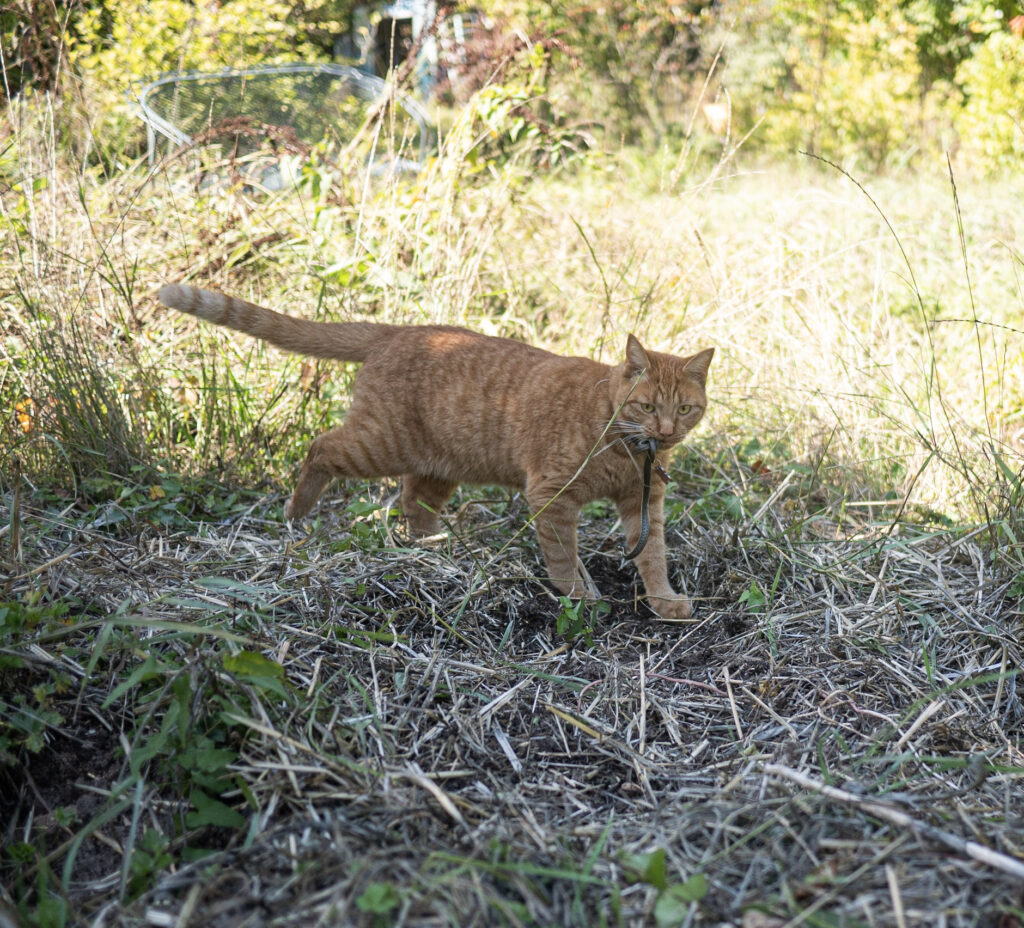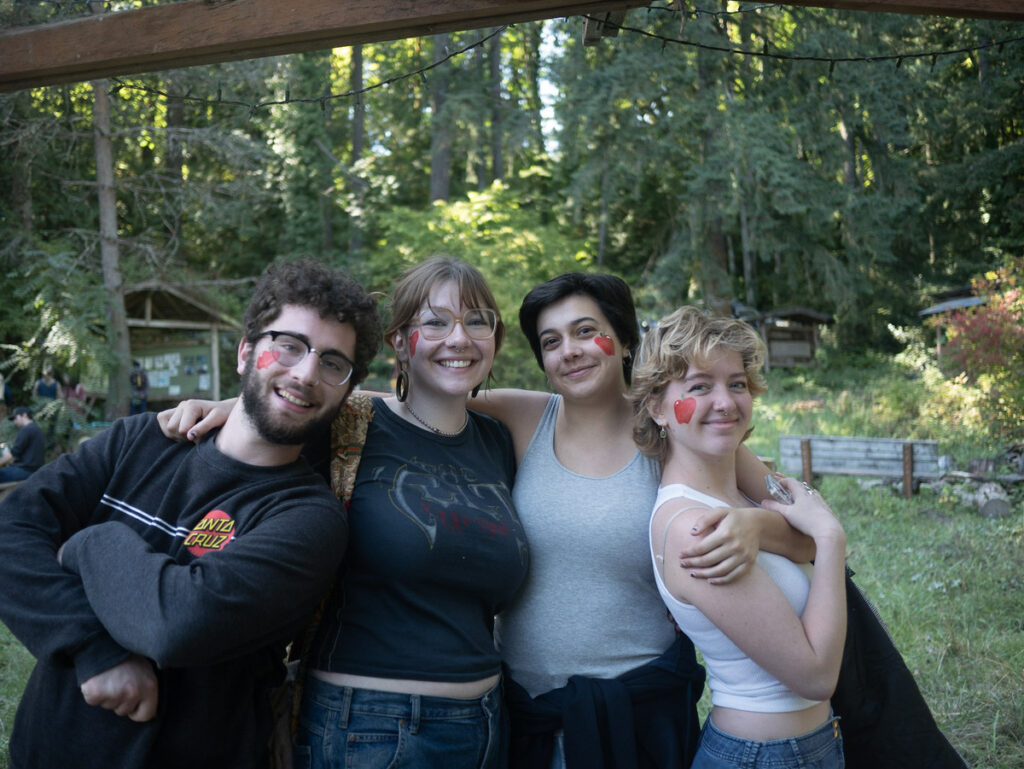Tucked away on the west side of Tryon Creek State Park, nestled among the ever-changing leaves, lies the Tryon Life Community Farm (TLC). TLC is a non-profit organization that stretches across seven acres, where an abundance of apple and pear trees flourish and goats and chickens thrive amidst the natural landscape.
A few weeks ago, I heard about the annual Apple Festival hosted by TLC on Oct. 1. I was curious about exploring more of Portland’s niche celebrations that are adored by locals and visitors alike. My friends and I drove only a few minutes to Tryon where we were directed to park behind a collection of massive greenhouses. From there, we walked to the entrance of TLC. The entryway suggested a donation of $10-$20.We were greeted with welcoming, warm faces, and we followed a dirt path that eventually opened up to a beautiful clearing.
TLC’s abundant property is home to a small community that lives on the land and tends to the farms, as well as independent residential collectives such as Cedar Moon and the Sacred Land Alliance. Another community on the property is the Willow Creek Forest School, which, according to the TLC website, is “an outdoor place-based farm and forest kindergarten.”
The TLC Farm Story, written by Emily Aronowitz in 2007, details the mission of the farm as well as its commitment to sustainability and quality of life and growth.
“Tryon Life Community Farm provides educational opportunities, preserves green space, restores native ecosystems and demonstrates how one can indeed live sustainably in this day and age and in a rather urban setting,” Aronowitz wrote.
Their mission to actively participate in the protection and celebration of native species while fostering wholesome outdoor education is obvious in the community members’ slow, purposeful way of life on the farm.
On the farm, to the right is a large open-air covered space. To the left sit beautifully crafted adobe buildings adorned with stained glass windows. Ahead of us, a large yurt with a face painting station was set up out front.
Tables clustered with a large array of different apples lined the outward edge of the covered building, and we learned about the many types of apples they grow. We each tried a slice of four or five varieties and tasted their three homemade ciders, each with specific notes about the flavors present in the different brews. Some of the ciders boasted smooth, dry-tasting notes, while others were ‘zingy’ and ‘crispy’ with notes of Sourpatch Kids and olives.
In addition to the fruit-tasting stations, there was an apple cider press. One of the residents showed visitors how it worked and let the children and parents alike take turns pressing apples into juice. The mixture of types of apples in the cider made it rich, flavorful and complex. The unadulterated apple flavor was delicious and refreshing in the warm early afternoon.
As we explored the land, we found a lovely orange cat chasing a snake, a small gingham table with tiny chairs around it, a chicken pen and a large barn where a Nubian goat bleated and peaked its head out at us. A rickety wooden bridge spans a small creek, hand painted signs signal beehives and the vibrancy of the plants and animals is apparent.
We saw two different children running around with chickens on their heads, like eclectic, feathery hats. As the children played around the yurt, danced along the paths and made friends with the poultry, parents intermingled, keeping a watchful eye on their young ones but also seeming to know that they were safe on the land.
As a group, we realized that as college students, it had been years since we had gotten our faces painted at a festival, so all four of us sat with one of the residents of TLC and they painted bright red apples on our cheeks. The early autumn sunshine bathed the farm in a warm light, and the energy and reverence of the land was present throughout our experience.
We learned about many volunteer opportunities offered through TLC. They graciously welcome and encourage people to get involved with their missions of clearing invasive plants, introducing native plants to the land, sustainable building and education inspired by nature.
TLC is accessible to all—the suggested donations are purposefully not rigid so that everyone feels welcome.
“TLC Farm is committed to keeping our land and programs economically accessible, which means our programs are offered on a sliding scale and we work to make use of the land available to all groups, regardless of ability to pay,” the volunteer information website reads.
I had a wonderful experience learning more about the farm and am hoping to spend some time volunteering on the property. I highly encourage readers to get involved with TLC’s mission and to go see the beauty of the community for themselves. Even for the student who doesn’t have time to spend their free hours volunteering, a visit to the farm is well worth it. It takes about 45 minutes to walk through Tryon to the farm—a lovely loop to traverse in the color-changing autumn forest.
Subscribe to the Mossy Log Newsletter
Stay up to date with the goings-on at Lewis & Clark! Get the top stories or your favorite section delivered to your inbox whenever we release a new issue.



Leave a Reply